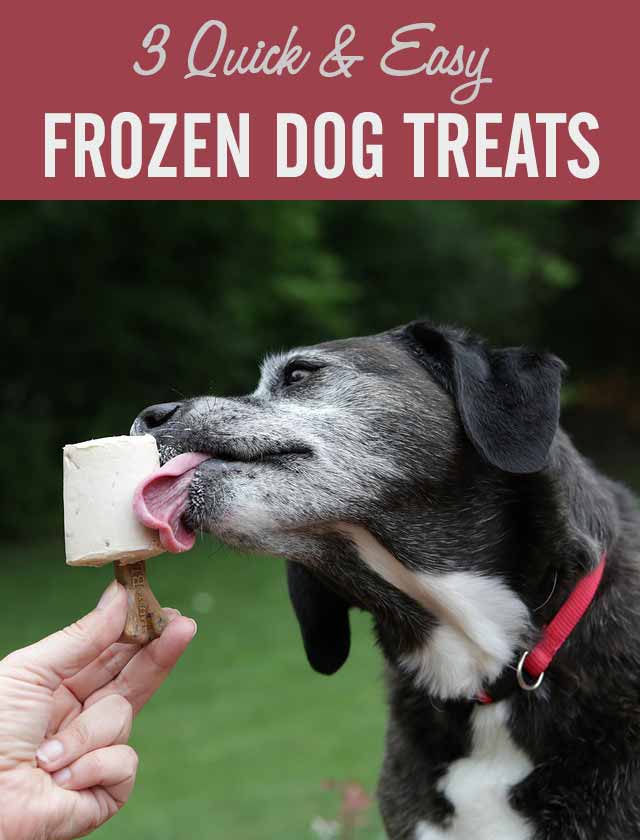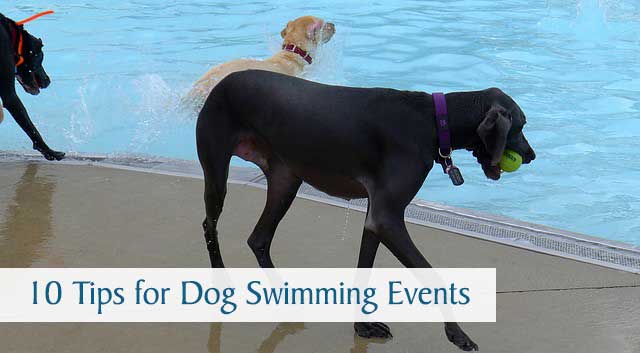 The dog days of summer have never been more fun! It’s that time of year when community pools start holding their end-of-season dog swimming events. These doggie swims are getting more popular and one of our local pools even turned their annual event into a festival with free goodie bags, vendors, contests and an adoptable dog parade. Plus, they donate a portion of their admission fees to support local rescue groups. It doesn’t get any better than that!
The dog days of summer have never been more fun! It’s that time of year when community pools start holding their end-of-season dog swimming events. These doggie swims are getting more popular and one of our local pools even turned their annual event into a festival with free goodie bags, vendors, contests and an adoptable dog parade. Plus, they donate a portion of their admission fees to support local rescue groups. It doesn’t get any better than that!
Even if you’re lucky enough to have your own pool, these events are a great opportunity to mingle with other canine-loving people while your dog socializes and plays with new pool pals. It’s amusing to watch so many dogs splash and romp around together, so get your pup ready to have some fun in the sun with these tips!
10 Tips for Dog Swimming Events
1. Check the rules.
Call or check your pool’s website for any rules you need to observe. Most require your dog to be licensed and current on their vaccinations. Some pools may require a vaccination record.
2. Remember the sunscreen.
If you’re at the pool during those hours of the day when the sun is intense, protect your pup with sunscreen. Choose a sunscreen made for dogs or babies and one that doesn’t contain zinc oxide. Dogs with pink noses and skin, shaved dogs and dogs with light-colored coats especially need protection from the sun.
3. Be a kind swim instructor.
Visit pools that allow you to at least wade in the water with your dog. If your dog’s new to swimming, don’t throw them into the pool and expect their instincts to kick in. Instead, lead them in from the shallow end or steps and allow them time to adjust to the water. Support your dog under their belly while they gain confidence with their doggie paddling skills. Some dogs prefer to just walk and splash around in the shallow end and that’s fine too.
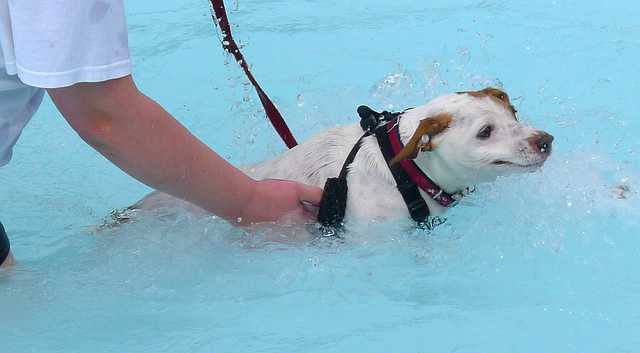
4. Show your dog how to get out of the pool.
Lead your dog to the shallow end or steps several times so they know how to get out of the pool. Dogs may panic if they’re tired and want to get out, but forget where the steps are or they may injure themselves while trying to climb a vertical pool wall.
5. Consider buying a life jacket.

Some dogs are better swimmers than others and even those webbed-toed canines might enjoy wearing a life jacket once in a while. Dogs with short legs or short noses tend to have trouble swimming and will appreciate the extra buoyancy from a life jacket.
6. Be watchful.
Swimming is a strenuous activity and it’s especially important to be watchful of older and obese dogs to make sure they don’t overdo it and become exhausted. If you notice your dog is mostly vertical in the water with their rear end downward (instead of their body being horizontal with all four legs paddling), they’re probably having some trouble swimming or they’re getting tired.
7. Check those paws.
The rough concrete around pools can take a toll on your dog’s paw pads after a while. Check them occasionally for cuts or abrasions. I’ve also heard of dogs getting their toenails caught in the small drainage holes running along the top edge of some pools.
8. Got toys?

Tennis balls are a favorite toy at doggie pool parties, so be prepared to share. I usually observe a few people trying to chase down another person’s dog who swiped their pup’s toy. It happens, so it’s best to leave your dog’s favorite toys at home and don’t sweat it if a toy gets lost.
9. Take fresh drinking water.
Most pools will provide drinking water for dogs, but I always take a few bottles of fresh water and a collapsible bowl, just in case. Haley’s kind of a water snob and she doesn’t care for sharing community water bowls. I don’t want her to drink chlorinated pool water if she gets really thirsty.
10. Rinse and dry your pup.
Bathe or rinse your dog with clean water to remove any chorine or pool chemicals and be sure to dry their ears well to avoid
ear infections.
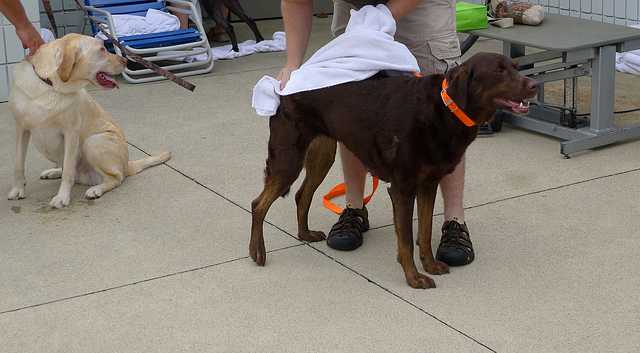
Don’t let these last few days of summer slip by without making plans to hang out beside the pool with your best friend! Contact your local swimming pools today and find out if they’re planning a dog swimming event soon.
Have you ever attended an event like this with your dog? Did they enjoy it?
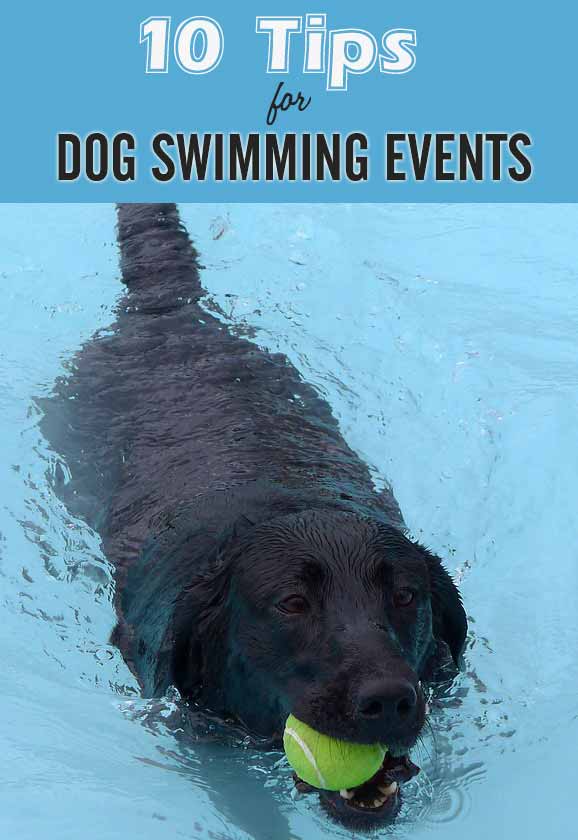
 The dog days of summer have never been more fun! It’s that time of year when community pools start holding their end-of-season dog swimming events. These doggie swims are getting more popular and one of our local pools even turned their annual event into a festival with free goodie bags, vendors, contests and an adoptable dog parade. Plus, they donate a portion of their admission fees to support local rescue groups. It doesn’t get any better than that!
The dog days of summer have never been more fun! It’s that time of year when community pools start holding their end-of-season dog swimming events. These doggie swims are getting more popular and one of our local pools even turned their annual event into a festival with free goodie bags, vendors, contests and an adoptable dog parade. Plus, they donate a portion of their admission fees to support local rescue groups. It doesn’t get any better than that!
 Some dogs are better swimmers than others and even those webbed-toed canines might enjoy wearing a life jacket once in a while. Dogs with short legs or short noses tend to have trouble swimming and will appreciate the extra buoyancy from a life jacket.
Some dogs are better swimmers than others and even those webbed-toed canines might enjoy wearing a life jacket once in a while. Dogs with short legs or short noses tend to have trouble swimming and will appreciate the extra buoyancy from a life jacket. Tennis balls are a favorite toy at doggie pool parties, so be prepared to share. I usually observe a few people trying to chase down another person’s dog who swiped their pup’s toy. It happens, so it’s best to leave your dog’s favorite toys at home and don’t sweat it if a toy gets lost.
Tennis balls are a favorite toy at doggie pool parties, so be prepared to share. I usually observe a few people trying to chase down another person’s dog who swiped their pup’s toy. It happens, so it’s best to leave your dog’s favorite toys at home and don’t sweat it if a toy gets lost.


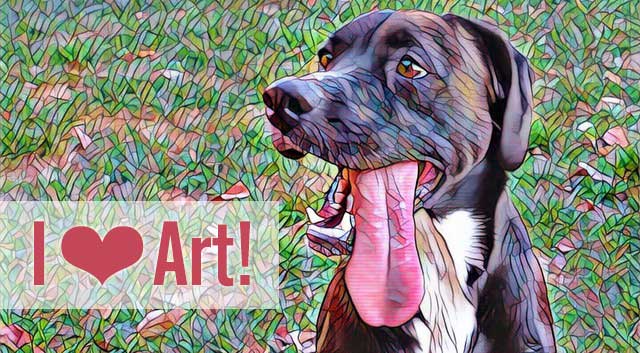



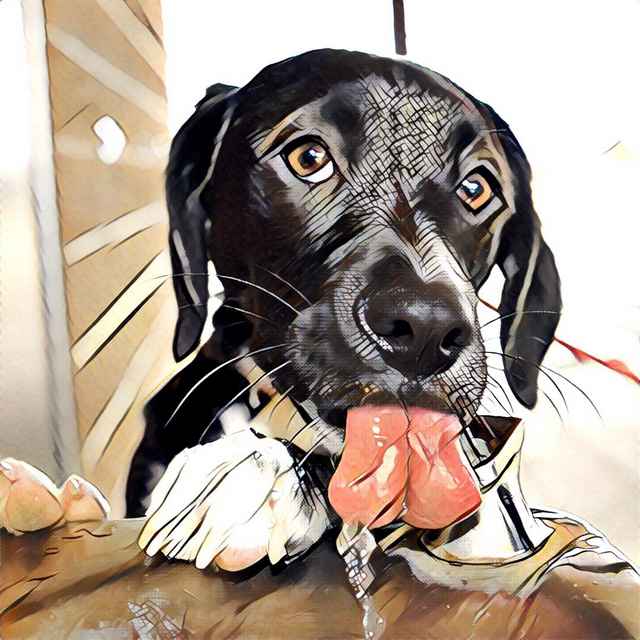
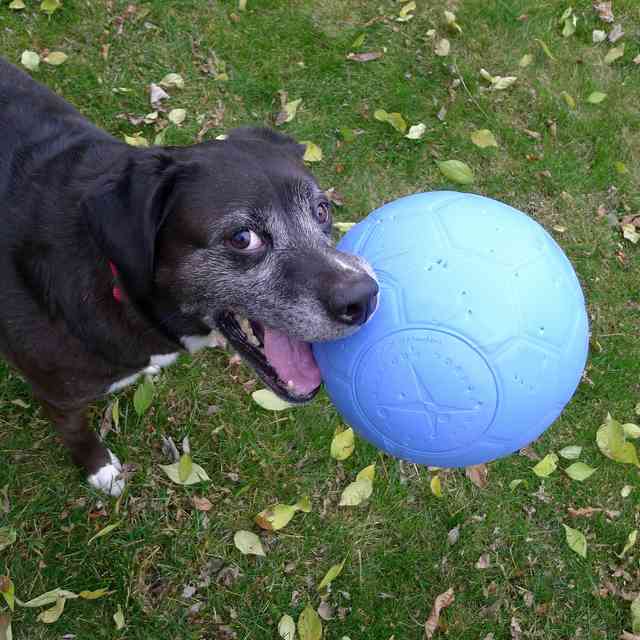
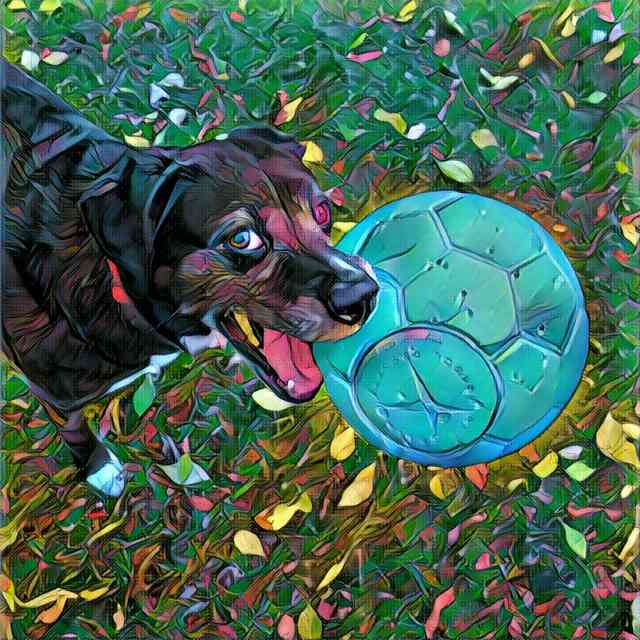
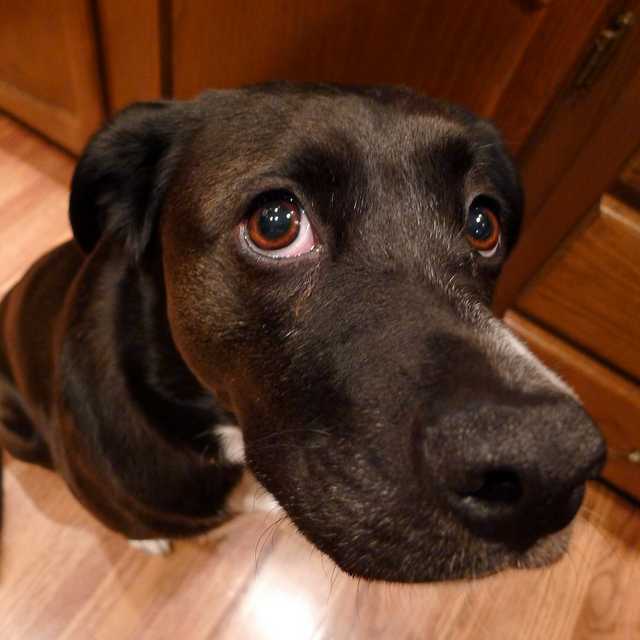
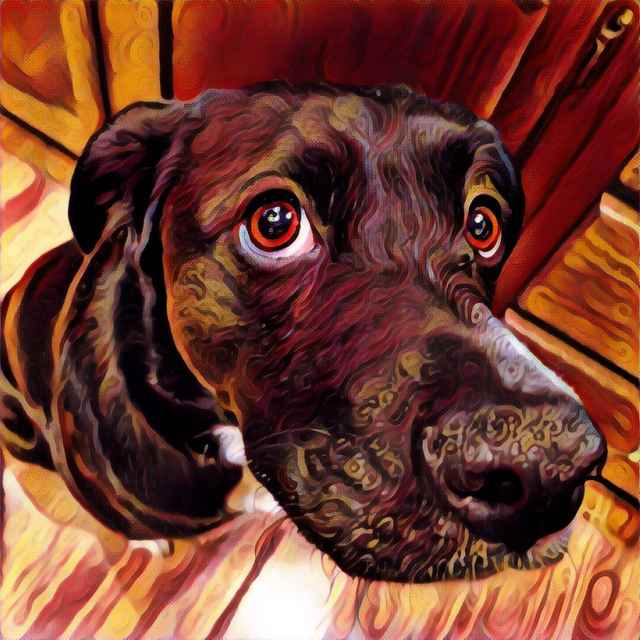
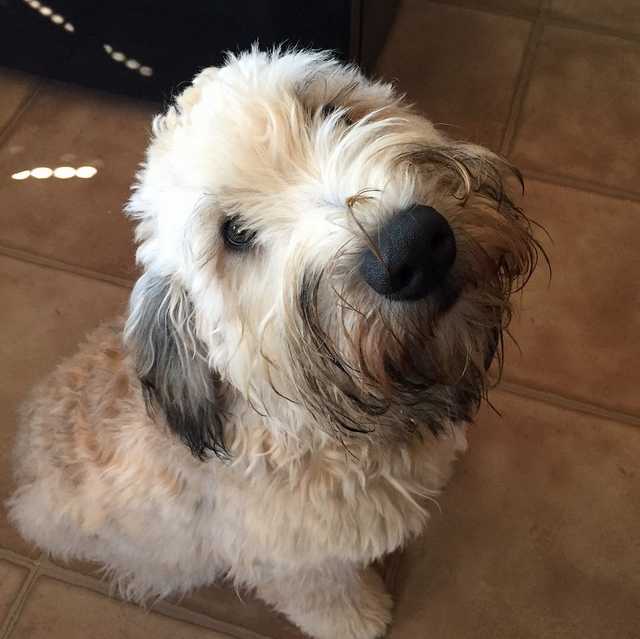
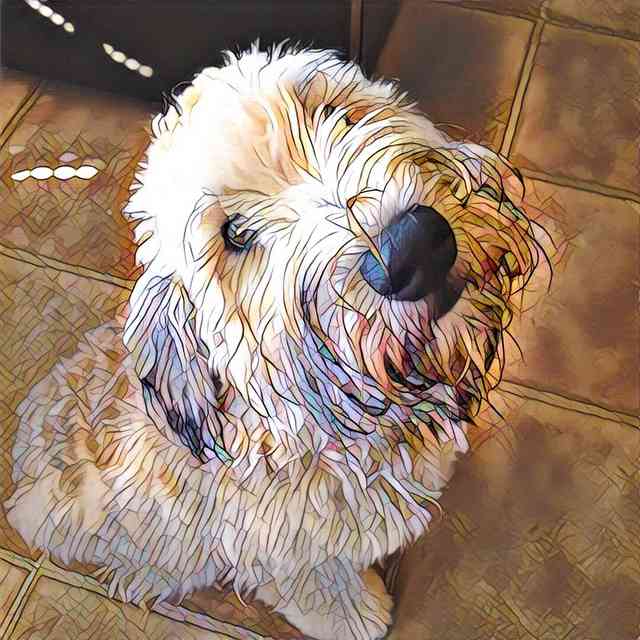
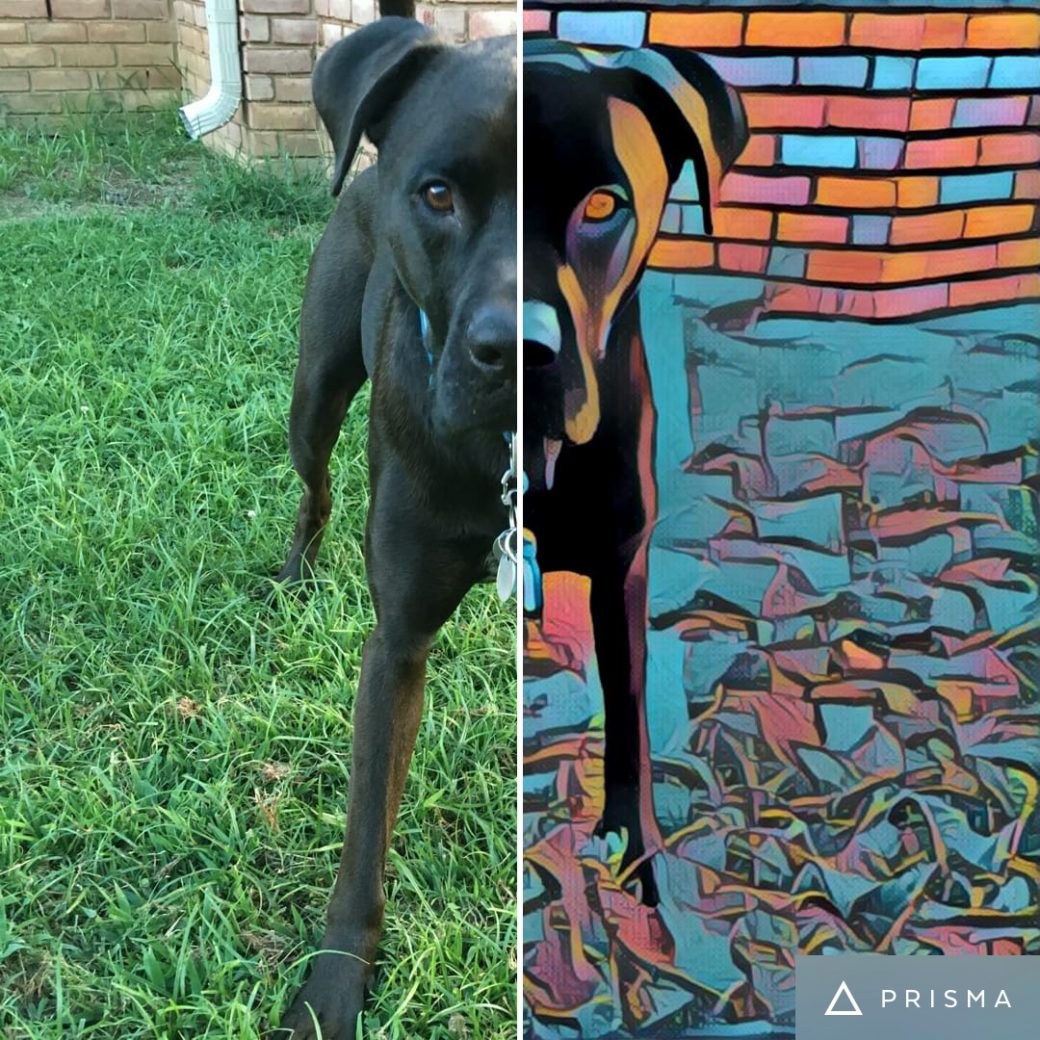 This is one of my favorite blogger pups, Buzz from
This is one of my favorite blogger pups, Buzz from 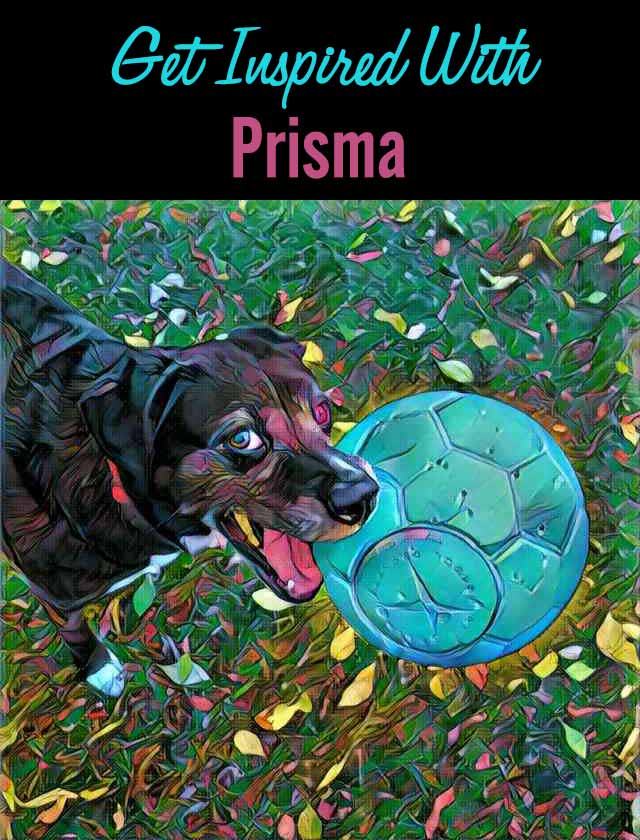
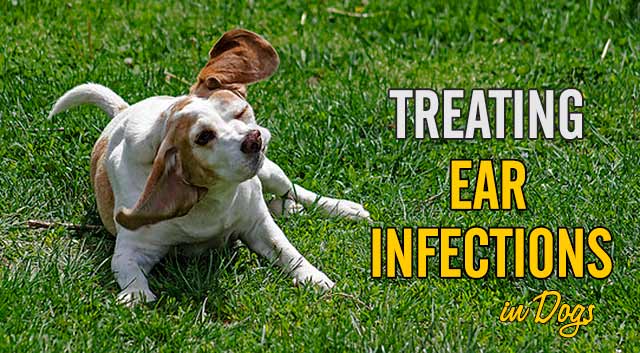



 There’s no dog quite like your dog, right? That’s how I feel too. Haley is a very special dog. She’s one of a kind and I would definitely call her my heart dog. It’s hard to imagine not having her in our lives, but as her face gets a little more gray each day and she grows into her senior status, we’ve had a few hypothetical conversations about cloning her. If we wanted to go through with it, it’s not complicated on our end. Here’s how to clone your dog.
There’s no dog quite like your dog, right? That’s how I feel too. Haley is a very special dog. She’s one of a kind and I would definitely call her my heart dog. It’s hard to imagine not having her in our lives, but as her face gets a little more gray each day and she grows into her senior status, we’ve had a few hypothetical conversations about cloning her. If we wanted to go through with it, it’s not complicated on our end. Here’s how to clone your dog.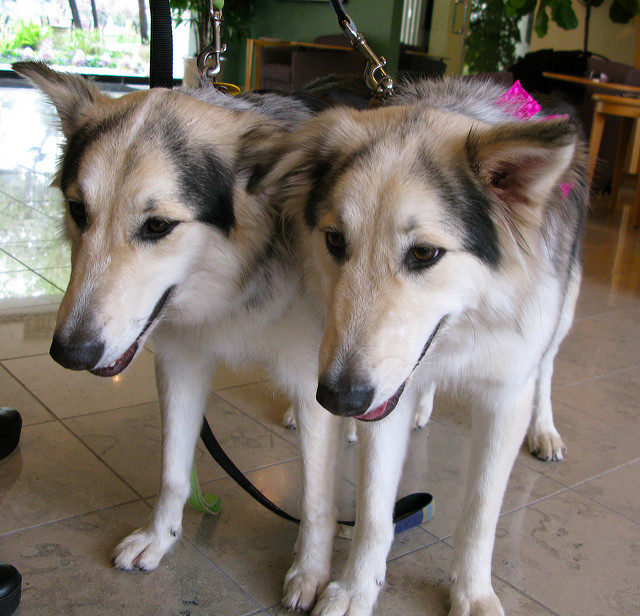
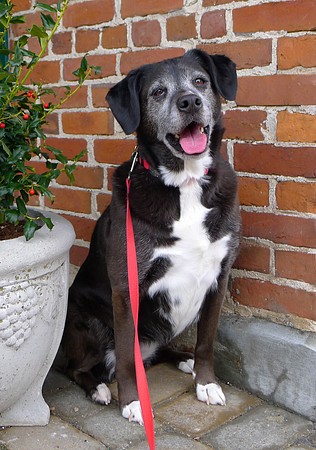 I can understand why cloning might make sense for working dogs with exceptional genetics, but there’s only one Haley. She’s an original that can’t be duplicated or replaced like a piece of furniture. I would rather have the beautiful memories of her and our relationship than to replace her with a copy that I might always compare her to. Yes, she is my heart dog and I wish she could live forever, but that doesn’t mean I can’t have meaningful relationships with many different dogs. They are all unique and special. That’s why we love them so much!
I can understand why cloning might make sense for working dogs with exceptional genetics, but there’s only one Haley. She’s an original that can’t be duplicated or replaced like a piece of furniture. I would rather have the beautiful memories of her and our relationship than to replace her with a copy that I might always compare her to. Yes, she is my heart dog and I wish she could live forever, but that doesn’t mean I can’t have meaningful relationships with many different dogs. They are all unique and special. That’s why we love them so much!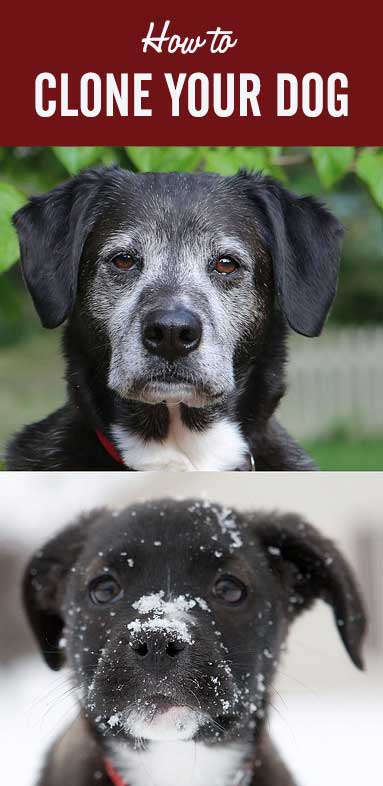
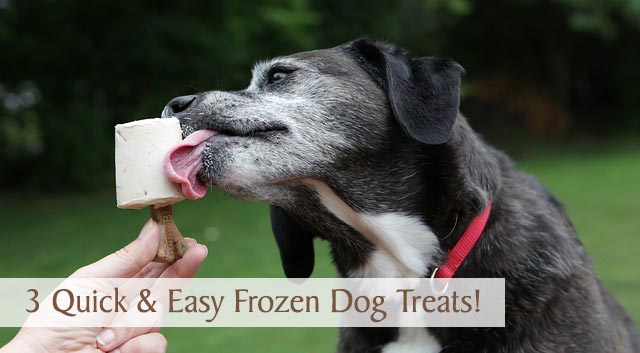 We’re heading into the hottest time of the year here in Ohio and there’s no better way to beat the heat than with a frosty, summertime treat! Here are three tasty recipes for quick and easy frozen dog treats that’ll keep your pup cool all summer long.
We’re heading into the hottest time of the year here in Ohio and there’s no better way to beat the heat than with a frosty, summertime treat! Here are three tasty recipes for quick and easy frozen dog treats that’ll keep your pup cool all summer long.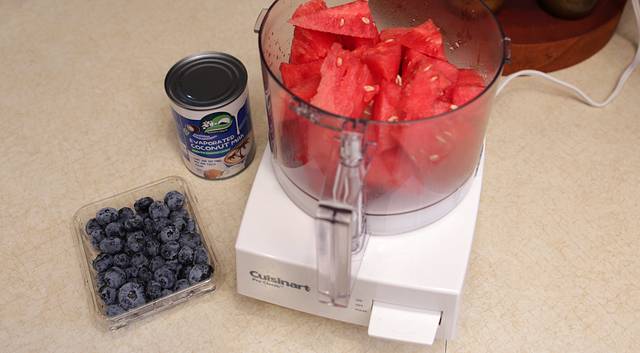
 1. Puree chunks of watermelon in a blender or food processor.
1. Puree chunks of watermelon in a blender or food processor.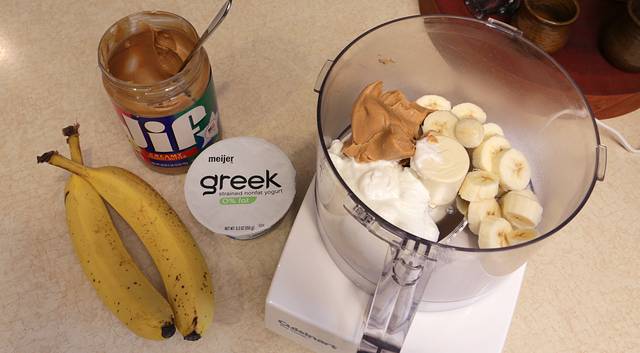
 1. Blend yogurt, peanut butter and banana in a food processor or blender until smooth.
1. Blend yogurt, peanut butter and banana in a food processor or blender until smooth. 1. Puree the sweet potatoes in a food processor or blender.
1. Puree the sweet potatoes in a food processor or blender. All three recipes were a hit with Haley, but the clear winner was the peanut butter and banana treat. She loved the flavor and the fact that her favorite edible bone was buried inside all that yumminess put it over the top!
All three recipes were a hit with Haley, but the clear winner was the peanut butter and banana treat. She loved the flavor and the fact that her favorite edible bone was buried inside all that yumminess put it over the top!
